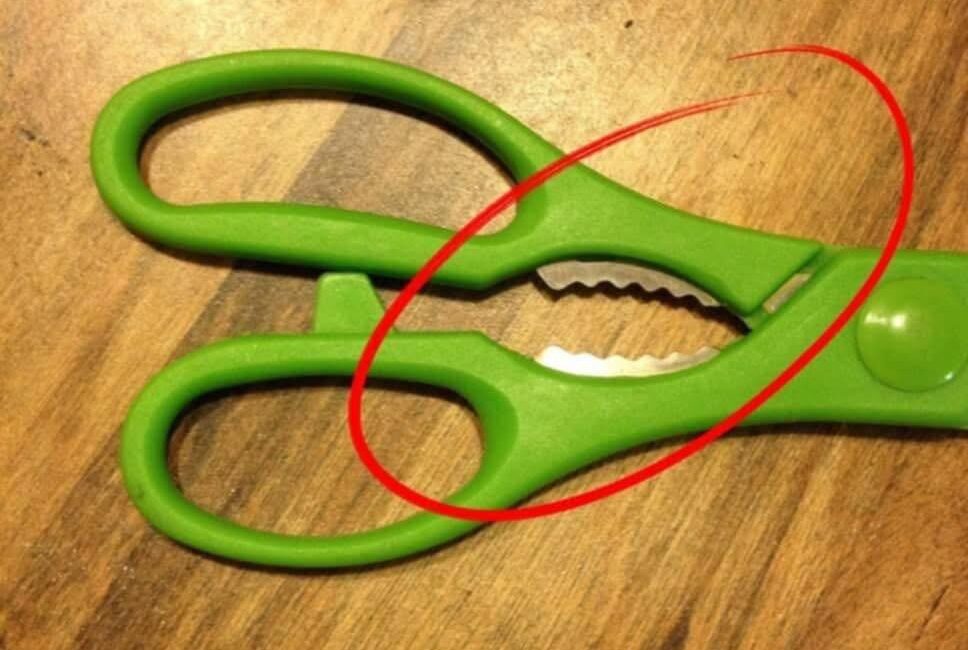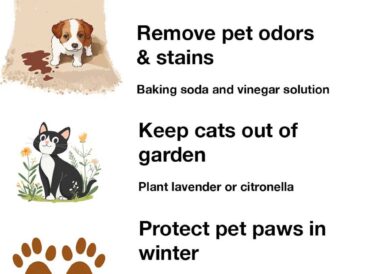If you’ve ever examined your kitchen scissors closely, you might have noticed some curious metal teeth or serrations nestled between the blades near the pivot point. These sharp little teeth can be surprising—especially if you’ve accidentally cut yourself on them once or twice. It’s common to wonder: What are these metal teeth for? Why are they there? And how can I use my scissors safely without getting hurt?
This article offers a thorough exploration of the purpose and design of those metal teeth, their role in kitchen scissors, common misconceptions, safety advice, and tips for getting the most from your multi-functional cutting tool. Whether you’re a home cook, a professional chef, or simply curious, this detailed guide will demystify this intriguing feature.
The Anatomy of Kitchen Scissors: More Than Just Blades
Before diving into the specifics of the metal teeth, it’s helpful to understand the general construction of kitchen scissors (sometimes called kitchen shears).
- Blades: The main cutting surfaces, usually made from stainless steel to resist rust and corrosion.
- Pivot: The central screw or bolt allowing the blades to open and close.
- Handles: Ergonomically shaped grips, often with rubberized or plastic coatings for comfort and safety.
- Additional Features: Many kitchen scissors incorporate supplementary tools such as bottle openers, nutcrackers, or blade sharpeners.
The metal teeth you’re asking about are often found near the pivot point, integrated into one or both blades, and sometimes designed as serrations or small gripping teeth.
What Exactly Are Those Metal Teeth?
The Metal Teeth Are a Built-In Nutcracker or Grip Mechanism
Those jagged or serrated teeth between the blades of your kitchen scissors are commonly designed to function as a nutcracker or grip for tough, non-cutting tasks.
Here’s what they do:
- Nutcracker Function: These teeth allow you to crack open hard shells such as walnuts, hazelnuts, or crab shells. By placing the shell in the serrated section and squeezing, the teeth grip the shell firmly, applying pressure to crack it without slipping.
- Bottle or Jar Opener: Some designs use these teeth to help twist off bottle caps or jar lids.
- Grip for Cutting Slippery Items: The teeth can also help hold slippery or tough items like bones, fibrous vegetables, or even plastic packaging, preventing them from slipping as you cut.
Why Are They Sharp Enough to Cut Skin?
The metal teeth are intentionally sharp and rigid to provide a firm grip on hard or slippery materials. Their serrated edges dig into surfaces, ensuring they don’t slip during use. Unfortunately, this sharpness means they can easily cause cuts if you accidentally brush your fingers against them.
Why Do Kitchen Scissors Have These Multi-Functional Features?
Kitchen scissors are designed to be multi-purpose tools to reduce clutter and improve efficiency in the kitchen. Instead of carrying several separate tools (nutcracker, bottle opener, scissors), manufacturers combine functions into one tool.
Benefits of these additional features include:
- Space-saving: One tool does multiple tasks.
- Convenience: Easily switch between cutting herbs and cracking nuts.
- Cost-effective: Buying one multi-tool can be cheaper than several single-use gadgets.
Common Misconceptions About the Metal Teeth
- “They’re just a manufacturing defect”: No, these teeth are intentional and serve a purpose.
- “They’re part of the cutting edge”: While they’re near the blades, they’re not meant for slicing but gripping or cracking.
- “They’re dangerous and should be removed”: Removing them defeats their purpose and can damage your scissors.
How to Use Kitchen Scissors with Metal Teeth Safely
If you’ve cut your fingers on those teeth before, don’t worry—you’re not alone. Here are safety tips to prevent injury:
1. Understand Their Location and Function
Know exactly where these teeth are located and what they’re for. Avoid running your fingers or hands near them when handling the scissors.
2. Use the Teeth Only for Their Intended Purpose
Use the serrated teeth section to grip or crack nuts, bottles, or tough materials. Avoid using your fingers to pry open shells or force the scissors.
3. Keep the Scissors Closed When Not in Use
When storing or carrying, keep the scissors blades closed and consider using a blade cover or sheath if available.
4. Keep Fingers Away When Applying Pressure
When cracking nuts or gripping items, hold the scissors firmly by the handles and keep your fingers well clear of the teeth area.
5. Handle With Care While Cleaning
The teeth can be hard to see at first glance but are sharp enough to cause cuts during washing. Clean slowly and carefully with a brush or sponge, avoiding direct contact.
Click page 2 for more




